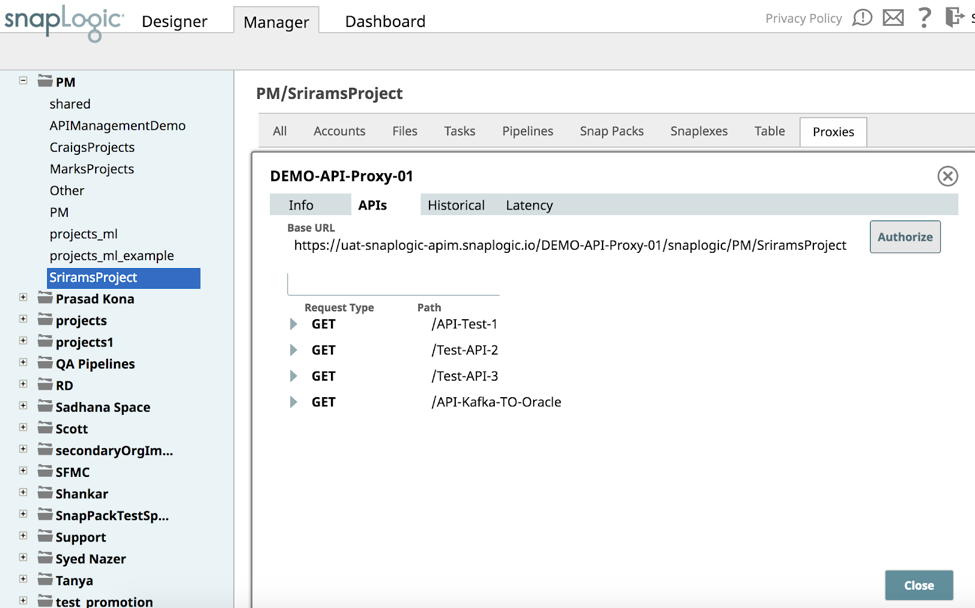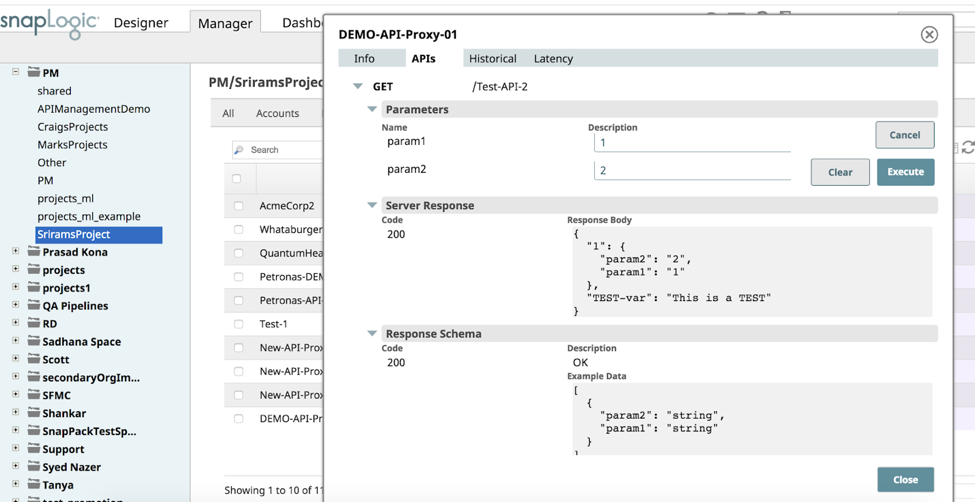A chief goal of every enterprise is to enable customers to be successful. One of the biggest barriers to achieving this is organizational silos that pervade the lines of business (LOBs). Organizational silos lead teams to work in isolation and develop ideas, products, and solutions that may not align with the business’ overall strategy.
As a result, organizations deliver products that fail to meet customers’ needs. This causes a dip in customer satisfaction scores, which ultimately results in lower revenues. To address such a challenge, an increasingly large number of enterprises are embarking on a journey to achieve digital transformationopens in new tab – the pursuit of a connected business. If implemented correctly, a connected business has tremendous potential to benefit customers, partners, employees, and other stakeholders.
Digital transformation is only possible with the widespread use of APIs. In other words, APIs and digital transformation go hand in hand. APIs are the glue that enables various business units to operate in sync with one another, connecting between applications, data, and devices. Not only do APIs build a connected business, but they also strengthen data integration by connecting endpoints that are in the cloud or on-premises.
SnapLogic Intelligent Integration Platform: A unified platform
With the SnapLogic Intelligent Integration Platform (IIP)opens in new tab, SnapLogic’s unified integration platform as a service (iPaaS), organizations can easily perform API creation with a low/no-code approach for the following types of integrations:
- Application integration
- Data integration
- B2B integration
- Big data integration
- Data engineering
With its API management capabilities, SnapLogic can publish and manage APIs. When there is effective management of APIs, organizations begin to experience the benefits of an API-sharing economy both from an internal and external perspective.
If you answer yes to any of the following API-related questions, then you should make SnapLogic API Management, an extension of the SnapLogic IIP, your go-to solution:
- Do you need to deliver APIs to a wide variety of users, including integration specialists, architects, ad-hoc integrators, developers, and citizen integrators who are usually business savvy yet non-technical users?
- Does your organization have complex integration challenges that require automation?
- Do you want a single unified API-centric platform to handle the entire API lifecycle – from creation to management to sharing of APIs?
- Do you desire to optimize productivity while guaranteeing the efficient use of resources?
SnapLogic API Management is a scalable solution to connect organizations, partners, and customers with rapid and seamless API connectivity. And the solution focuses on a set of key capabilities that enable API developers and API managers to easily:
- Perform API access control
- Perform seamless deployment of API proxies onto the API Gateway
- Apply API policies that pertain to:
- API protection and security
- High-performance aspects such as traffic management
- Monitor and review API analytics data for usage and performance metrics
Enabling API management power users
Through the exposed APIs, API consumers have a convenient way to access data from a variety of endpoints that the APIs were designed to integrate – and API consumers can do this without actually having to know about the complexity of the backend systems. So, in the context of the SnapLogic Intelligent Integration Platform, API developers and managers experience tangible benefits using a unified platform with iPaaS and API management capabilities.
These are a few of the main constituents who leverage the SnapLogic API Management solution.
API developer
- Typically operates to design and build integrations (among other things) based on business requirements
- Creates REST APIopens in new tabs through pipelines by following a visual drag-and-drop paradigm
API manager
- Typically focuses on:
- Collaborating with development teams during the API creation phase
- Creating and deploying API proxies
- Applying API policies
- Enabling developers with API testing capabilities
- Maintaining API documentation through Open API Specification
API consumer
- These are typically developers, partners, or customers from other LOBs looking to access the exposed APIs and the data that comes with it to create a digital experience
SnapLogic API Management under the hood
SnapLogic offers a visual designer-based paradigm for API creation. The platform follows the same paradigm when it comes to enabling you to perform API management. At a high level, there are three main components:
1. Proxy creation
Through the proxy creation wizard, you can easily create proxies by selecting and logically grouping APIs that need to be part of a proxy. Through this wizard flow, you can also choose and define policies that the proxy must respect. As we continue to enhance our API management capabilities in the future, you can jump-start the process of managing your APIs with the following:
- Basic authentication: Provides security at the API level. By default, it is enabled for all proxies created in SnapLogic
- IP restriction: Provides the ability to specify a whitelist IP address or a range to determine the allowed IP addresses that can invoke the proxy endpoint
- Rate limiting: Provides the ability to rate limit or throttle APIs by the minute, hour, day, or month
- Request transformer: Provides the ability to transform requests sent by the client
- Response transformer: Provides the ability to transform responses sent by the server
- CORS: Provides the ability to specify a CORS list to determine the allowed domains that can invoke the proxy endpoint
2. API Catalog
Once proxies have been created and deployed, the API Catalog can be accessed by drilling down into the proxy. From the catalog, SnapLogic users can view APIs along with its request type, design specifications such as query string parameters, and payload (applicable for POST requests).

The “Try it” functionality is also available to validate the correctness of the APIs’ design before exposing proxy endpoints to API consumers who may be internal or external to the organization.

3. API analytics
When managing the API lifecycle of your organization’s APIs, you can monitor and review key metrics such as the API usage and performance over a given period of time. By tracking the usage metric, you can identify which APIs are popular and have been trending over the specified time frame. By tracking the performance metric, you can review and explore if optimizations are necessary for APIs to enhance performance.
Ultimately, SnapLogic API Management equips you with the tools to harness your APIs and drive digital transformation.
You can watch the SnapLogic API Management videoopens in new tab or visit our websiteopens in new tab to learn more.











